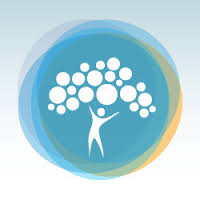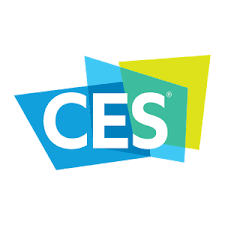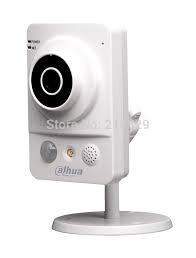The growing ecosystem of devices and products serving peoples’ health and well-being shows us that innovators already see the opportunity to serve the fast-growing market for self-care among people 50 years of age and up.
For nearly twenty years, one thing has felt inevitable: when boomers reach “old age,” senior living demand will surge. And yet ..
ChatGPT Health builds on consumer use of today's ChatGPT so responses are informed by your health information and context.
The prize honors .lumen’s Glasses for the Blind, an AI-based device that applies autonomous driving technology adapted for pedestrians. Using computer vision and local processing, the headset understands the three-dimensional environment in real time without relying on the internet or pre-defined maps and guides the user through subtle vibrations indicating a safe direction to follow.
The United States faces a fundamental mismatch between surging demand and insufficient capacity.

 Why does tech-enabled home care show potential? Growing life expectancy and shrinking assets limit options of older adults in late life, leaving those who may need care more likely to receive it at home. The biggest constraint for this industry is scarcity of willing workers. Although a greater role for technology is envisioned by many, the highly fragmented home care industry has made incremental progress in achieving it. As the industry matures, standard practices and tech-enablement have begun to take shape. With the coming age wave, venture capitalists have been intrigued and funding has exploded, exceeding $200 million by 2016 year end.
Why does tech-enabled home care show potential? Growing life expectancy and shrinking assets limit options of older adults in late life, leaving those who may need care more likely to receive it at home. The biggest constraint for this industry is scarcity of willing workers. Although a greater role for technology is envisioned by many, the highly fragmented home care industry has made incremental progress in achieving it. As the industry matures, standard practices and tech-enablement have begun to take shape. With the coming age wave, venture capitalists have been intrigued and funding has exploded, exceeding $200 million by 2016 year end.  So you want to launch a boomer/senior, home health tech product or caregiving marketplace, or caregiver advisory service. As your new company get ready to travel into battle later this spring to a plethora of
So you want to launch a boomer/senior, home health tech product or caregiving marketplace, or caregiver advisory service. As your new company get ready to travel into battle later this spring to a plethora of Is there a difference between health tech and aging tech? A friend told me about a comment from an arrogant investor (that may seem redundant to some). The observation was that ‘aging’ was not important, health is THE topic and subsumes (overrides) aging. Do you buy that? Just ask my daily alerts or search yourself for the term '
Is there a difference between health tech and aging tech? A friend told me about a comment from an arrogant investor (that may seem redundant to some). The observation was that ‘aging’ was not important, health is THE topic and subsumes (overrides) aging. Do you buy that? Just ask my daily alerts or search yourself for the term ' CES 2017 – an overwhelming 'tech-o-rama' that defies categorization. So do not expect insight here about why, where, or what was
CES 2017 – an overwhelming 'tech-o-rama' that defies categorization. So do not expect insight here about why, where, or what was  ch-enabled home care -- what does the interview research reveal? The report will be posted later this month, but specific insights emerged after speaking with 21 leaders in the home care business and technology segments. The interviews are completed and the report is drafted. Here are six predictions that are drawn directly from that process:
ch-enabled home care -- what does the interview research reveal? The report will be posted later this month, but specific insights emerged after speaking with 21 leaders in the home care business and technology segments. The interviews are completed and the report is drafted. Here are six predictions that are drawn directly from that process: What will living to 100 be like in 40 years? In 2014, there were 72,197 Americans aged 100 or older, according to
What will living to 100 be like in 40 years? In 2014, there were 72,197 Americans aged 100 or older, according to